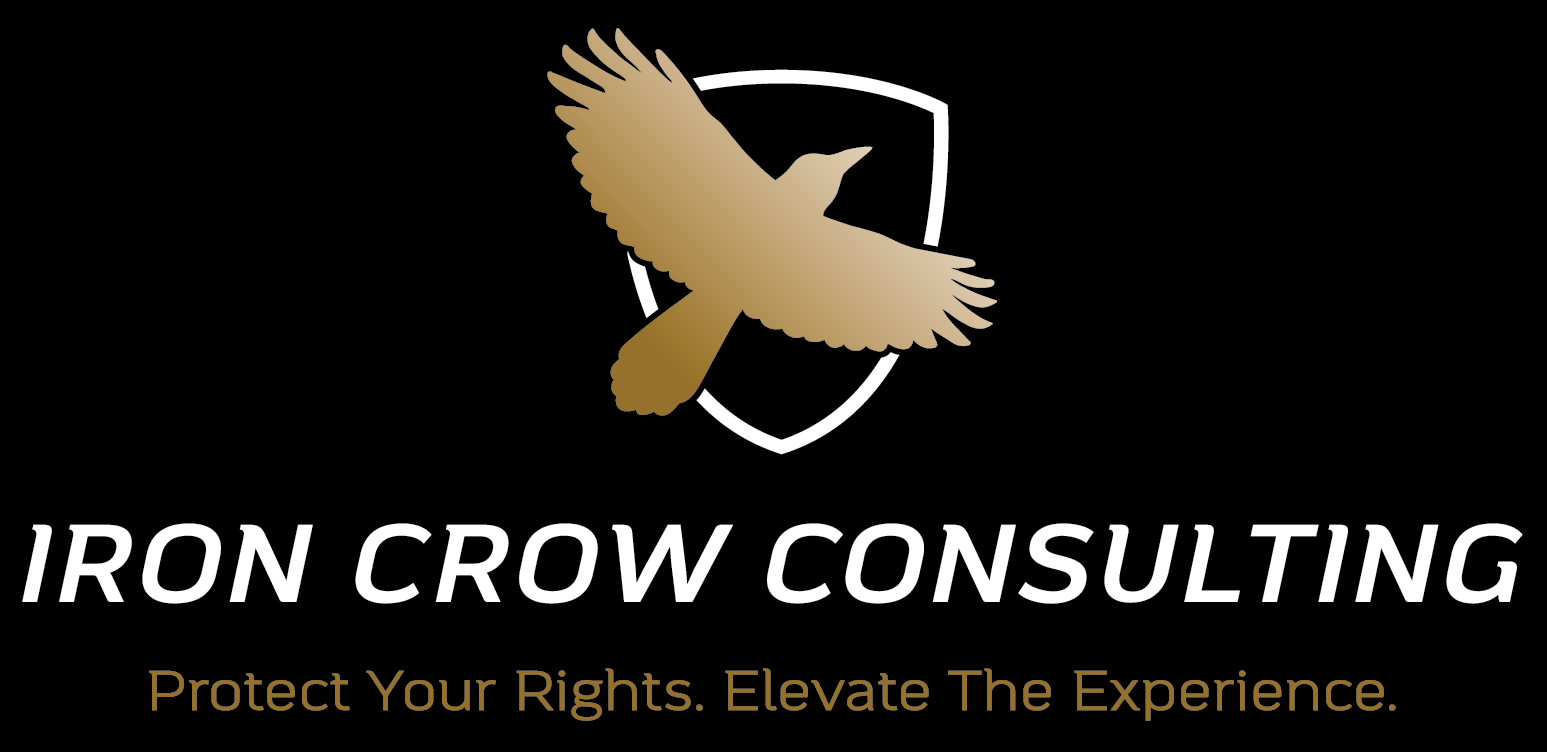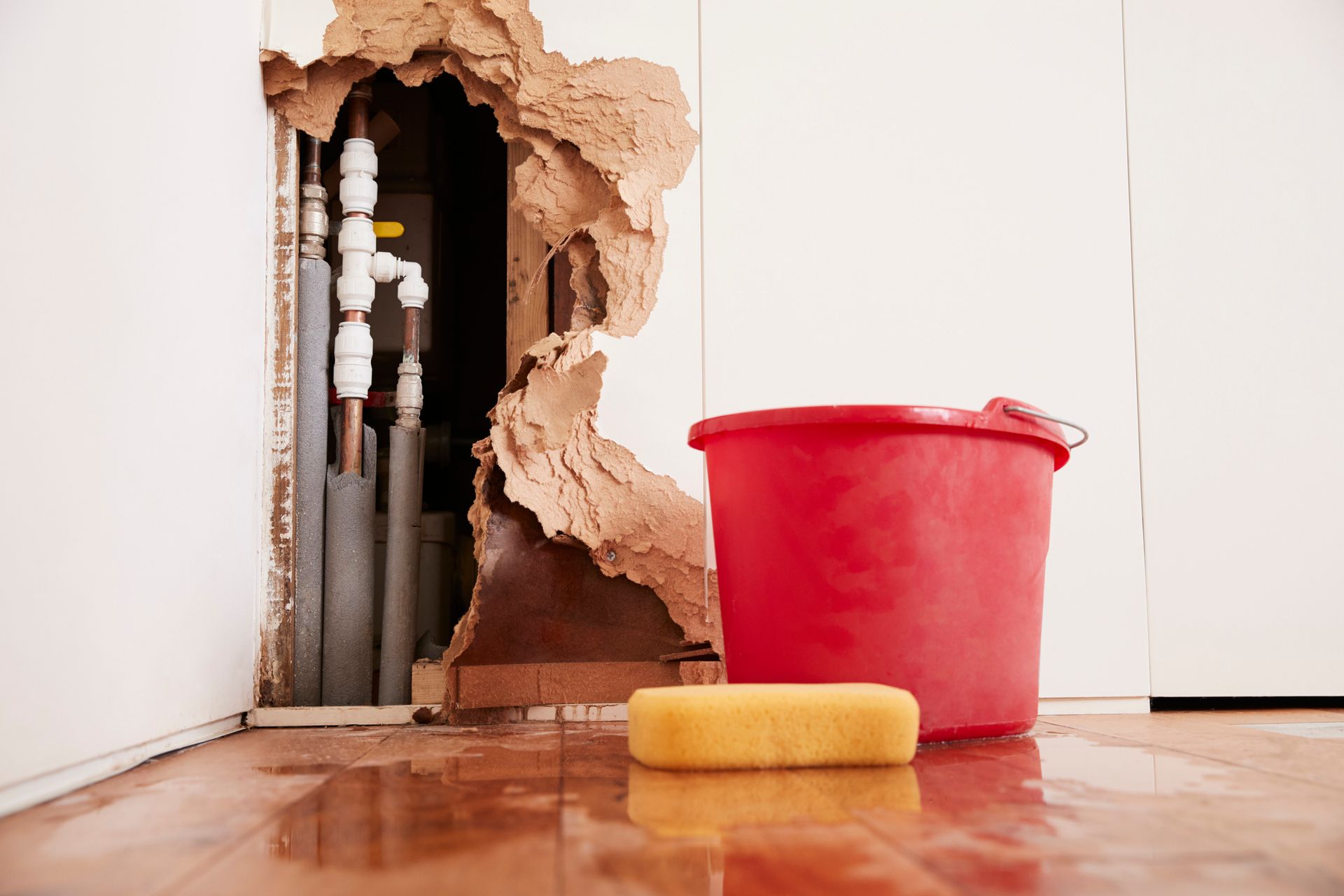Practice Area
Water Damage
Filing a water loss insurance claim involves a process to address damage caused by water, which can result from various sources such as burst pipes, appliance leaks, roof leaks, or floodwaters. It's important to note that water damage claims can be complex due to the nature of water damage and the distinctions insurers make between different types of water damage, such as flood damage versus sudden and accidental water damage. Here's what the process generally involves:
Immediate Steps
1. Stop the Source: If possible and safe, stop the source of the water damage (e.g., turning off the main water supply in case of a burst pipe).
2. Document the Damage: Take extensive photos or videos of the damage before any cleanup efforts. This documentation is crucial for your claim.
3. Prevent Further Damage: Take reasonable steps to prevent further damage, such as covering leaks or moving undamaged property to a safe location. Keep receipts for any emergency repairs or protective measures, as these costs may be reimbursed.
Review Insurance Coverage
4. Review Your Policy: Understand what your insurance policy covers in terms of water damage. Standard homeowners and renters insurance policies typically cover sudden and accidental water damage but exclude flood damage, which requires a separate policy.
5. Immediate Notification: Notify your insurance company about the water loss as soon as possible. Prompt reporting is critical to the claims process.
Filing the Claim
6. Provide Detailed Information: When reporting the loss, be prepared to provide detailed information about the cause of the water damage, the extent of the damage, and any steps you've taken to mitigate further loss.
7. Claim Documentation: Along with your initial report, submit the photographs or videos you took of the damage. You may also need to provide a detailed list of damaged items, including their value.
Assessment and Adjustment
8. Adjuster’s Visit: An insurance adjuster will visit your property to assess the water damage. It's important to be present during this inspection to ensure all damage is accounted for.
9. Gather Repair Estimates: Depending on the extent of the damage, you may need to obtain estimates from licensed contractors for repairs. These estimates will help in determining the cost of restoring your property.
Claim Processing
10. Review of Claim: The insurance company will review the adjuster's report, your repair estimates, and your policy to make a decision on your claim.
11. Resolution Offer: After reviewing the claim, the insurance company will make a resolution offer to cover the cost of repairs and replacement of damaged items, minus any deductible.
Resolution
12. Dispute Resolution: If you disagree with the resolution offer, you can dispute the claim. This might involve providing additional documentation, negotiating with the insurance company, or hiring a public adjuster.
13. Repairs and Recovery: Once you accept the resolution, you can proceed with the necessary repairs or replacements. Ensure you use reputable contractors and keep detailed records of all repairs and expenses.
Considerations
- Flood Damage: If the water damage is due to flooding, and you have flood insurance through the National Flood Insurance Program (NFIP) or a private insurer, you'll need to file a separate claim under that policy.
- Mold Concerns: Address any mold concerns immediately, as mold can develop quickly after water damage. Some insurance policies have specific limitations or coverage for mold remediation.
- Deductibles and Limits: Be aware of your policy's deductible and the coverage limits for personal property and structural damage.
Navigating a water loss insurance claim requires understanding your insurance coverage, documenting the damage thoroughly, and effectively communicating with your insurance company. By following these steps, you can facilitate a smoother claims process and help ensure a fair resolution to cover the costs of repairing water damage.
Classification of Water Loss:
The categorization of water loss refers to the classification of water damage based on the source and level of contamination of the water involved. This classification is crucial for determining the necessary cleanup and restoration procedures to ensure the area is safe and habitable again. The three primary categories are:
Category 1:
Clean Water
Source: Category 1 water originates from a sanitary source and does not pose substantial harm if ingested or inhaled. Common sources include broken water supply lines, tub or sink overflows with no contaminants, appliance malfunctions involving water supply lines, and falling rainwater.
Characteristics: The water is clean at the releasing source and does not contain harmful bacteria or agents.
Restoration: Cleanup involves removing the water and drying out the area. If addressed quickly, Category 1 situations can often be resolved with minimal damage.
Category 2:
Grey Water
Source: Category 2 water contains significant contamination and has the potential to cause discomfort or sickness if contacted or consumed. Sources can include discharge from dishwashers or washing machines, overflows from washing machines, overflows from toilet bowls on the room side of the trap with some urine but no feces, sump pump failures, and seepage due to hydrostatic pressure.
Characteristics: The water contains chemicals, biological or physical contaminants, and may have a color due to these substances.
Restoration: The restoration process requires more caution. It involves removing the water, followed by cleaning and decontaminating the affected area. Materials that cannot be thoroughly cleaned and dried may need to be discarded to prevent mold growth.
Category 3:
Black Water
Source: Category 3 water is grossly contaminated and can contain pathogenic, toxigenic, or other harmful agents. Common sources include sewage, seawater, rising floodwaters from rivers or streams, ground surface water flowing horizontally into homes, and standing water that has begun to support microbial growth.
Characteristics: This category of water can cause significant adverse health effects and even death if ingested. It often contains unsanitary agents, harmful bacteria and fungi, and toxic substances.
Restoration: Handling Category 3 water losses involves extensive cleanup, decontamination, and often removal of contaminated materials. Personal protective equipment (PPE) is mandatory, and structural drying alone is insufficient to restore the affected area. Affected materials, including drywall, carpeting, and padding, usually must be removed and disposed of safely.
Importance of Quick Response
The quicker the response to water damage, especially for Category 2 and 3, the better the chances of minimizing health risks and structural damage. It's also important to note that water damage can escalate from one category to another if not promptly addressed. For instance, Category 1 water can become Category 2 or 3 if it's allowed to sit and becomes contaminated.
Professionals trained in water damage restoration are equipped to assess the category of water loss and implement the appropriate measures to safely clean and restore the affected area.
Contact us
(254) 766-2769
INFO@IRON-CROW.COM
2775 Villa Creek Drive, Suite B219,
Farmers Branch, Texas, 75234
TX Agency: 2994670
Business Hours
- Mon - Fri
- -
- Saturday
- Appointment Only
- Sunday
- Closed
Iron Crow Consulting
This website has been built to be accessible for all users. If you experience any difficulty in accessing this website, please contact us for assistance.



